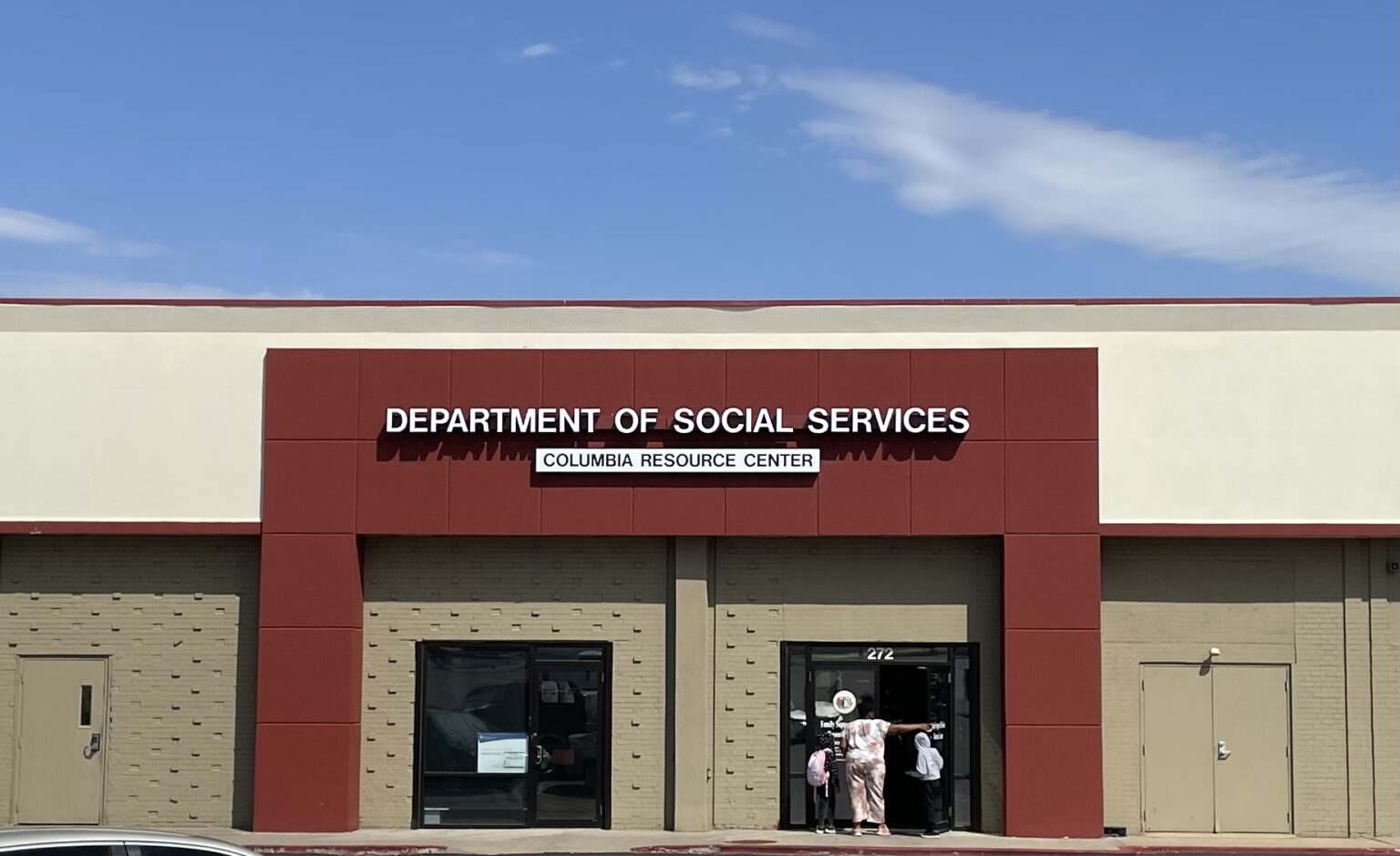Home » News » 2024 » September
News Brief
Sept. 3, 2024 |
By: Clara Bates - Missouri Independent
Backlog of Missouri child abuse and neglect cases down more than 80% this year

By Clara Bates - Missouri Independent
Missouri’s backlog of unresolved child abuse and neglect cases has fallen by more than 80% since January, with officials anticipating it will be eliminated by the end of the year.
From last September to January, there were over 10,000 open child abuse and neglect cases each month that had been languishing for over 45 days, raising concerns about child safety.
Most of those cases were in St. Louis.
That number has fallen every month this year, according to records obtained by The Independent through the Missouri Sunshine Law, and now stands at 1,869 open cases statewide as of July.
“I’m very proud of our team,” said Darrell Missey, director of Children’s Division, Missouri’s child welfare agency. “They’ve worked really hard to take care of that backlog.”
There were over 6,000 open cases in St. Louis alone in January, which dropped to 74 in July.
Missey said the Children’s Division is almost fully staffed now — a “remarkable turnaround” from the hundreds of vacancies it had in recent years.
“It shows what can happen when you start getting enough staff, and I think they’ve done a terrific job,” Missey said.
Jessica Seitz, executive director of Missouri Network Against Child Abuse, an organization that represents child advocacy centers across the state, said she is “really pleased” to see the improvement.
“The division turned an immediate eye toward this and made this a priority,” she said.
Seitz hopes the cases were thoroughly investigated before being closed, noting that there are “kids behind every case, and so it’s my sincere hope that safety remained a priority as we looked at closing these.”
State law requires Children’s Division staff to investigate and complete assessments for child abuse and neglect hotline reports within a 45 day window unless there is good cause for a delay.
Investigations typically include speaking to the hotline caller, going to a family’s house, interviewing the child and family members and checking the safety of the house. When the investigation is complete, staff issue a report determining whether the finding was substantiated or unsubstantiated.
Around 5% of investigations result in a substantiated conclusion of abuse or neglect. Those children can be removed from their homes and taken into foster care.
But staffing issues over the last few years resulted in huge caseloads and delays getting those investigations done and reports out the door, especially in St. Louis.
As St. Louis Public Radio reported last year, the regional backlog spurred concern among advocates and lawmakers that children could be unsafe.
The state worked with the consulting firm Change & Innovation Agency to focus on the St. Louis area workload, according to a July press release from the Missouri Department of Social Services.
One of the consultants, Bill Bott, is quoted as saying among the several states and welfare offices the group has worked with, “St. Louis was, by far, the hardest hit by this national capacity crisis.”
The long-open investigations can also cause families stress, as the threat of having their kids taken away looms for months.
And high caseloads have contributed to a cycle of turnover in Children’s Division.
Now, the majority of overdue cases — 1,136 cases in July — are from Kansas City.
Seitz said she is “alarmed” that that number is still high, but acknowledged it’s much lower than it was. Last September, that stood at over 3,000.
The agency has long struggled more to find staff in metropolitan parts of the state because the salaries aren’t adjusted for location-based cost-of-living. Entry level child welfare workers start at salaries of just over $44,000. They can make more in Illinois, Missey said.
The agency is getting to a place where the open cases are open due to an ongoing investigation, Missey said, and not just because they’re having trouble keeping up.
“All the backlog,” he said, “should be resolved by the end of the year, or close to it.”
![]()






